Driven by Data, Guided by Experience
engineering and construction EXPerience, coupled with technological innovation, makes LIVIC Civil your perfect guide for site selection
Step 1
Client Criteria Identification and Regional Evaluation
LIVIC advises clients on determining specific site criteria, which is evaluated against public and private development constraints and available incentives to produce a comprehensive regional property comparison.
Examples of site design criteria include:
Proximity to client specific resources (i.e., distribution warehouses, transportation hubs)
Regional demographics
Available workforce
Current commodity pricing
State and local regulations
Available tax programs, incentives, and qualification requirements
STEP 2
Regional Search and Site Assessment
LIVIC reviews each region to determine site viability, standard development time frame, and cost.
Our Site Assessment Tool simultaneously evaluates multiple sites on:
Tract area and existing developments
Protected and sensitive feature identification (i.e., wetlands, floodplains, streams)
Utility infrastructure
Surrounding environmental hazards
Historical weather conditions
Topography
Zoning review
Soil characteristics and hydrology evaluation
Logistics assessment
Step 3
Site Selection
The Site Assessment Tool identifies the top locations for further field study. LIVIC conducts the following analyses to provide the client with all the necessary information needed to confidently make a final site selection:
Site reconnaissance
Location due diligence
Concept-level plan engineering
Utility demand analyses
Financial feasibility studies
STEP 4
Development Support
After final site selection, LIVIC guides clients throughout the project lifecycle. We communicate with stakeholders, provide design services, assemble the appropriate permits, and prepare construction documents, including:
Site plan
Utility design plan
Grading and erosion plan
Stormwater pollution prevention plan
Traffic study
Landscape plan
Structural review of building design
Wetland jurisdictional determination and mitigation plan





